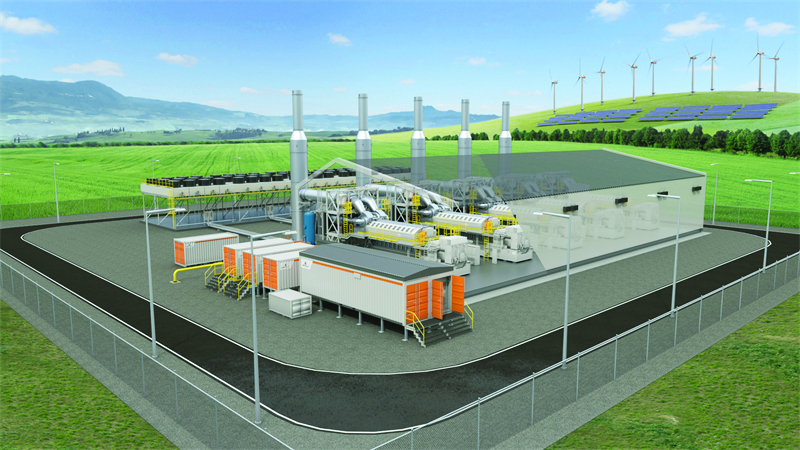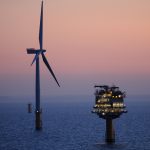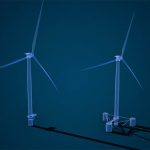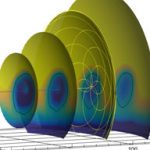Wärtsilä recently launched its next-generation grid balancing technology, designed to provide flexible grid capacity in adverse weather conditions and enable renewables to perform as the lowest-cost, most resilient power source for grids worldwide.
The solution is based on three fully integrated key components: the Wärtsilä 31SG Balancer engine, prefabricated modules for cost-efficient plant construction, and Wärtsilä Lifecycle services. The Wärtsilä 31SG Balancer offers 12,400 kW (8 percent more power) at a heat rate of 6,800 Btu/kWh/+50 percent efficiency, lowering the cost and risk of the renewable transition through flexible, resilient capacity.

The new engine technology is designed to provide power producers with fast-ramping balancing power, which can be scaled up as the share of renewables in power systems increases. The engine can start and ramp up to support intermittent renewable generation so that the lowest cost cleanest energy technology can become the dominant power source.
The engine in the Wärtsilä 31SG Balancer solution has been designed for U.S. environmental conditions, including adverse weather, to provide the optimal flexible technology and ensure continued running at times of extreme cold, or heat, from minus-40°C to 45°C (minus-40°F to 113°F).
“Extreme weather is intensifying — and ‘weatherization’ is now a requirement in states such as Texas,” said Risto Paldanius, Vice President, Americas, Wärtsilä Energy. “Through the freezing winter blackouts in Texas last winter and California’s heatwave this summer, renewable plants supported by our engines kept running. Our fast-ramping, agile engines are designed for the climate-changed world utilities now operate in, enabling the greater deployment of renewables in grids around the world.”
The Wärtsilä 31SG Balancer responds to market needs with a cost-efficient plant construction design, based on prefabricated, high-quality power plant modules. It reduces time-to-electricity with 30 percent less site work than traditional construction methods.
“The energy transition is picking up speed rapidly around the world, especially in the U.S. where, by 2029, solar and wind could be the cheapest in the world at less than 5 USD per megawatt-hour,” Paldanius said. Our latest grid balancing engine is designed to help utilities transform the energy mix of their power plant portfolios, so that the lowest cost technologies, renewables, provide most of the power, most of the time.”
More info www.wartsila.com




































